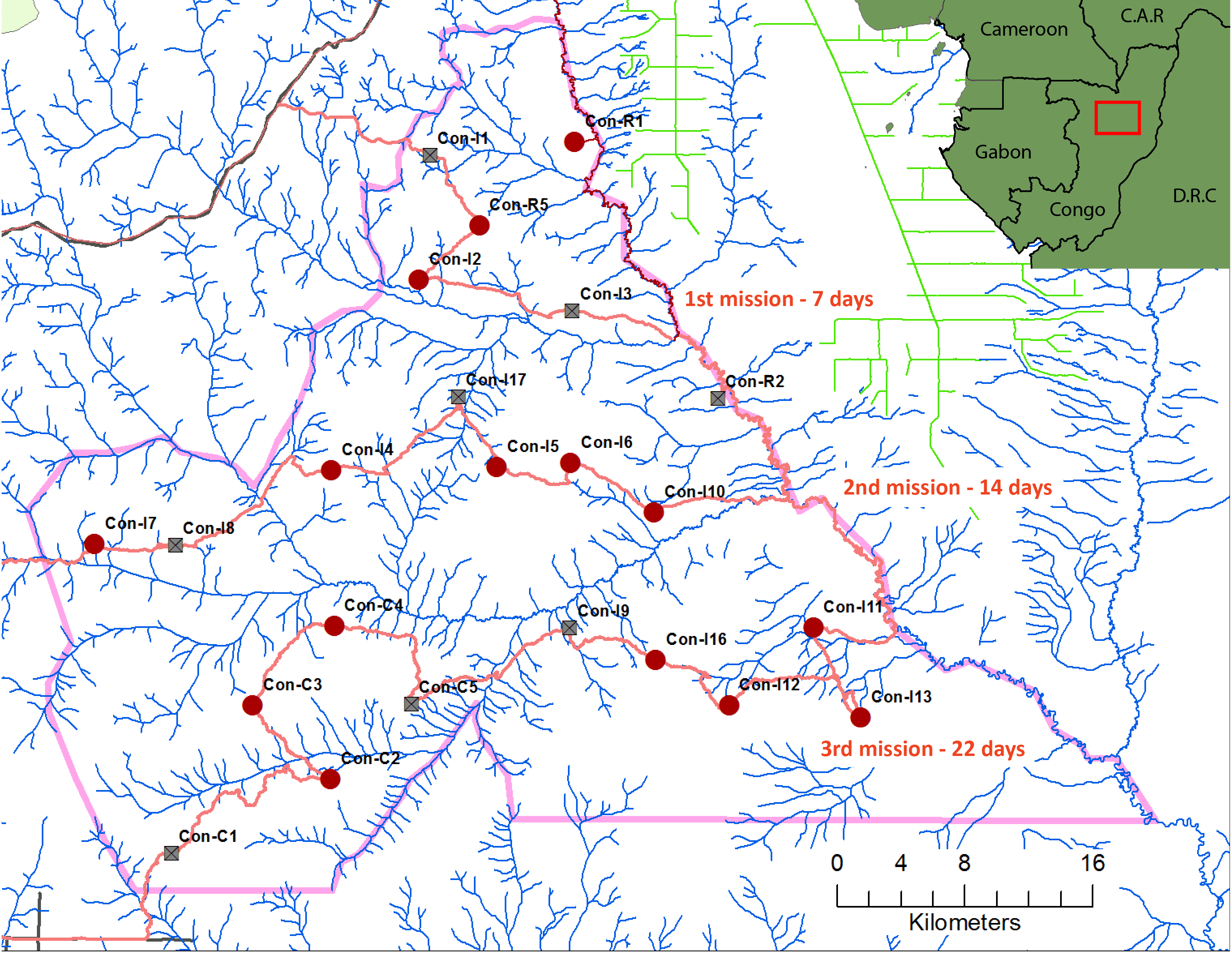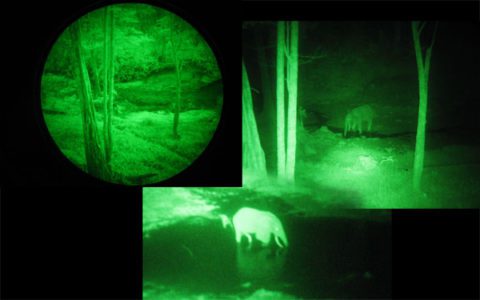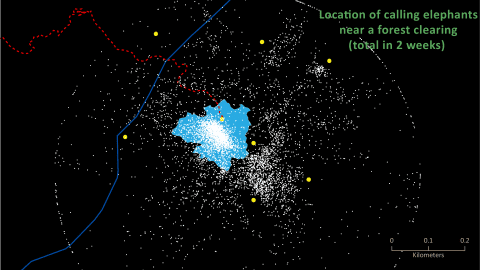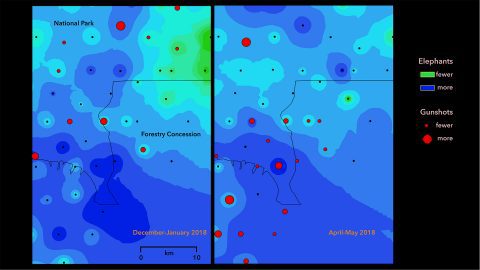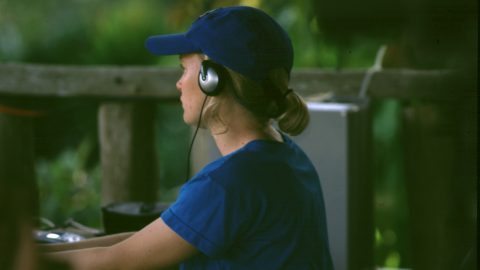At The Core – ARUs
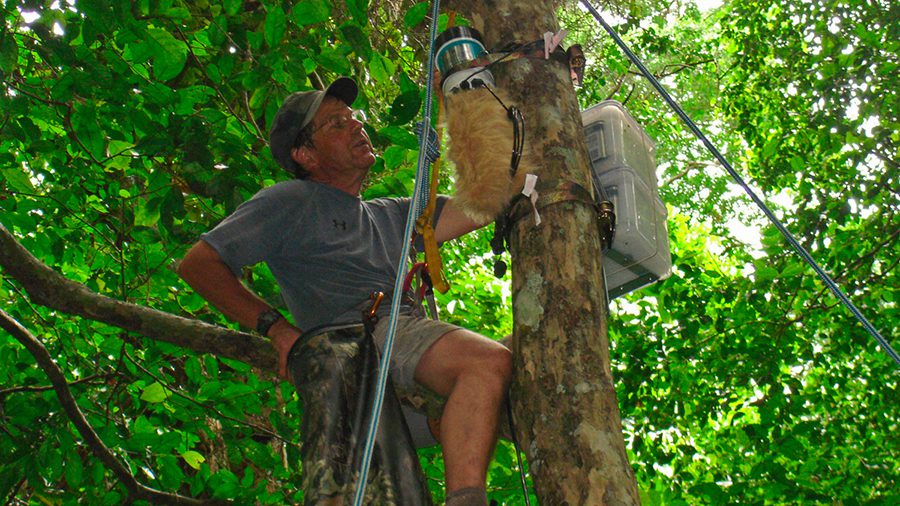
Evolution of Passive Acoustic Monitoring (PAM)
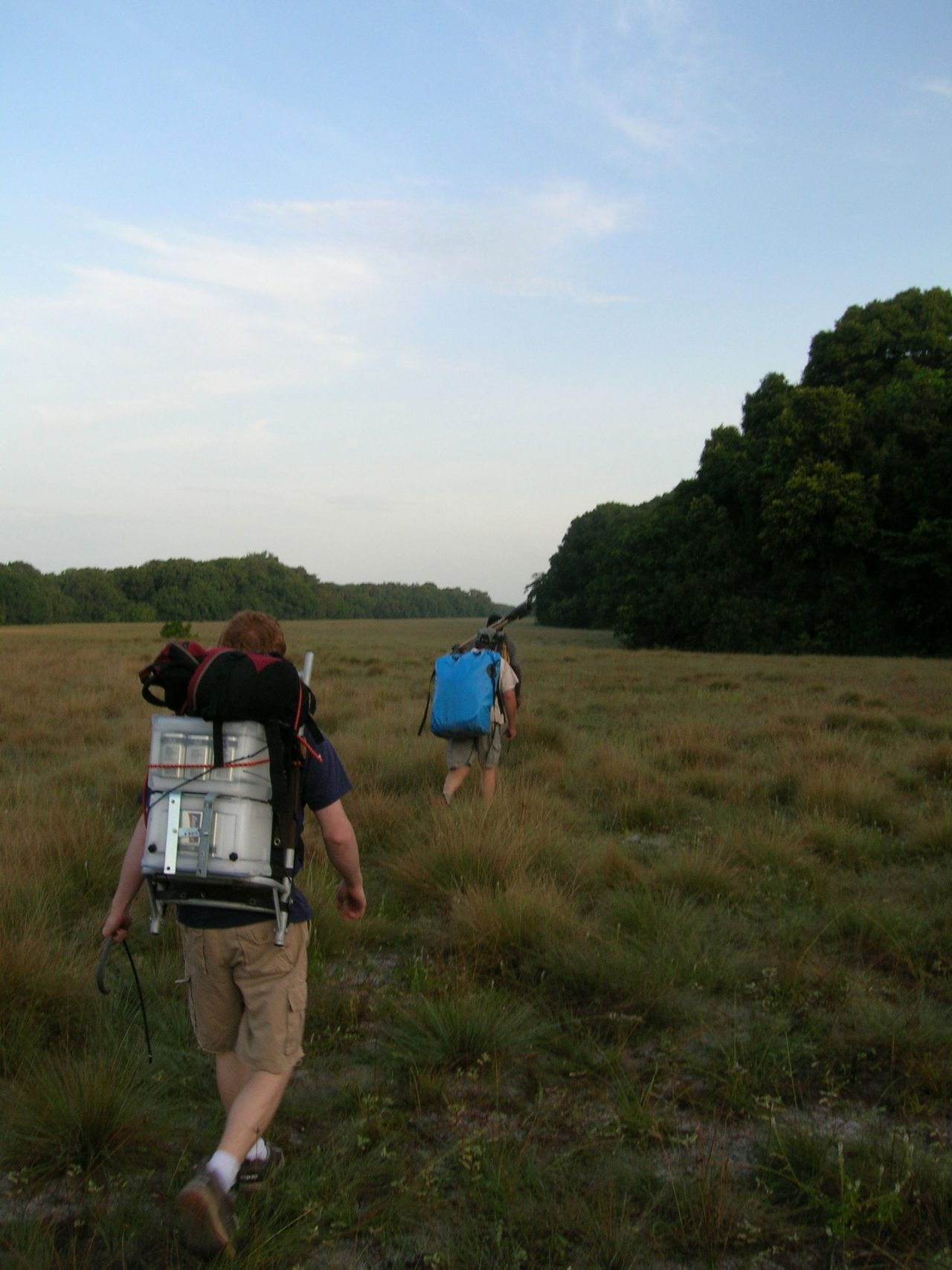
Autonomous Recording Units (ARUs), designed to record unsupervised for extended periods of time in nature, have changed dramatically along with the revolution in computer technology. The Cornell Bioacoustics Research Program (BRP) was an early leader in the design and use of ARUs, both in the ocean and on land. Our first terrestrial recorders (pictured above) were built into PVC sewer pipe with a laptop computer hard drive for data storage and circuit boards that wrote the sound files in binary format. Each ARU in ELP’s first major project in Gabon needed a whopping 16kg (43 lbs) of batteries to run for three months!
Our current recorder, called the SWIFT and also designed by BRP, requires only 1kg of battery power to run for three months. And this makes a huge difference in the cost of a typical ELP project because we are operating in such remote forests. One of our biggest expenses is the cost of sending in a team to maintain the recording grid and to collect the data.
In this regard, it might be fun to describe a project that we did in 2013 where we were using acoustic monitoring to estimate the size of an elephant population in an area of northern Congo. The map below shows the study area, extending from the Lingoue River on the east, westward toward the main road running south from the city of Ouesso. Setting out the ARUs required three different missions, each one originated in the village of Liouesso, north of the map, and required one to three days travel down the Lingoue River in a pirogue (dugout canoe). Somewhere along the western bank of the river, the pilot would find a place that we could get out onto dryish land (sometimes extensive marshes bounded the river almost 1km wide). Then we would start walking westward through the forest, following elephant paths when we could, or chopping a way through when we couldn’t. On the longest mission (22 days long) the team was composed of Peter, his Chef du Mission, Brunell Ngombe, and five porters to carry food, camping equipment, and the ARUs.
